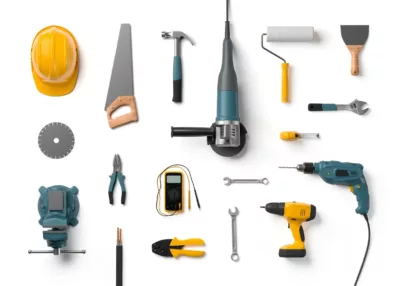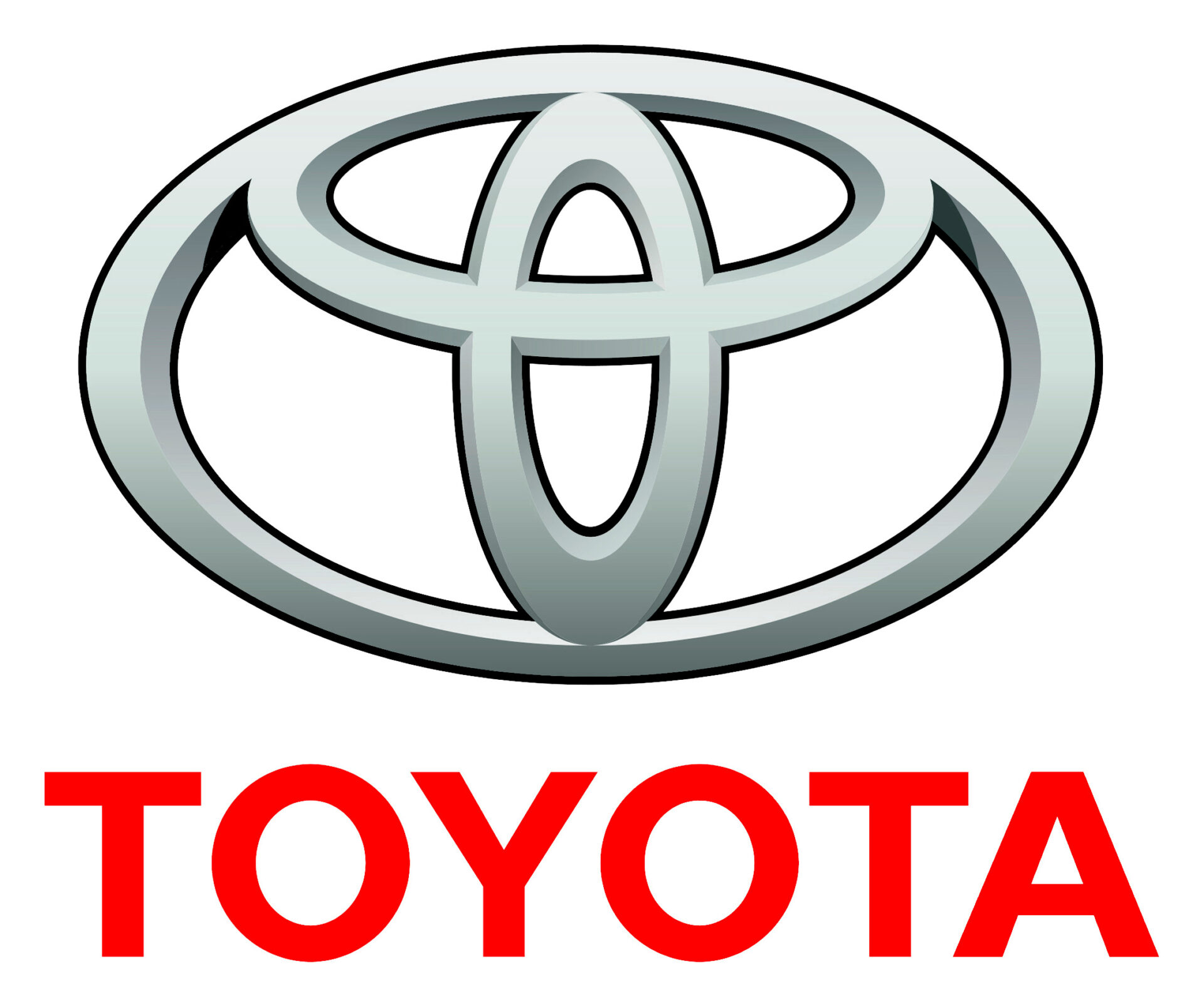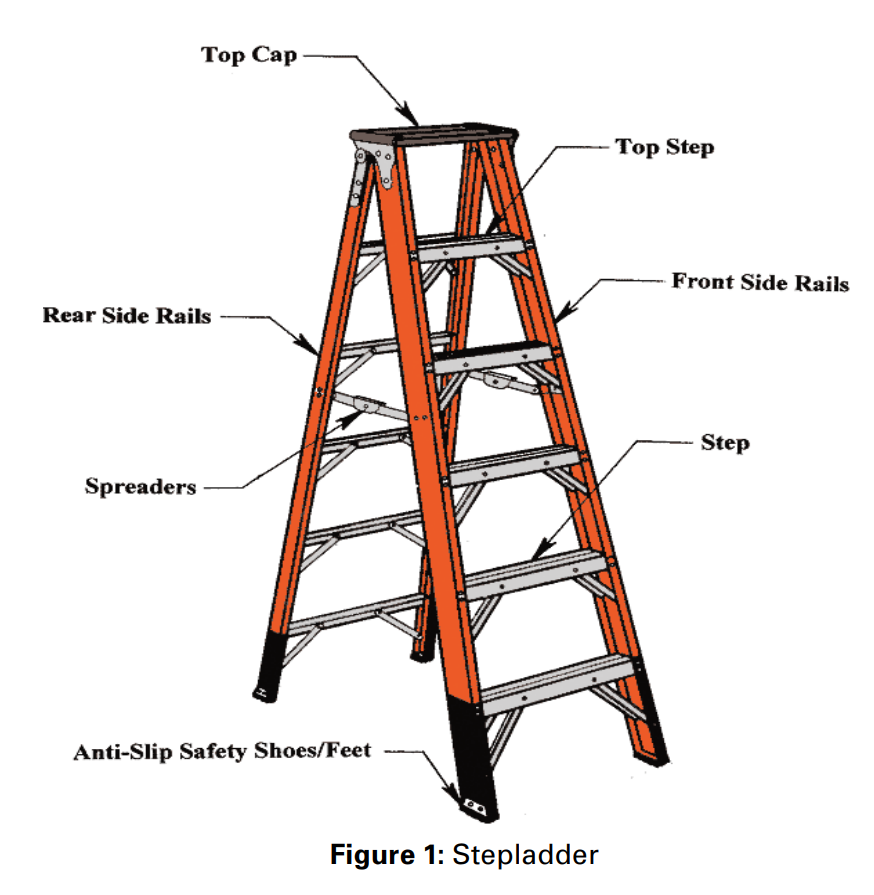Systems Govern

Systems help determine outcomes. What do we mean by that?
Here are examples —
When management consultant, Dr. W. Edwards Deming taught the Japanese, notably Toyota, how to manage their operations to build great cars, he encouraged the development of what became the Toyota Production System; and taught that Systems were both the cause of, and solution to, problems.
Here on Planet Earth, environmentalists know we have a System problem, mainly a lack of understanding/care of ECOSystems, and we need an ecosystem approach that is 360-degrees in focus rather than part-smart.
In short, Systems determine outcomes. It’s a simple idea, but it’s been said, “It’s simple to make things complicated, and complicated to make things simple.”
We want to make things simple, and will need to grasp a few complexities, but not just yet.
What are examples of Systems?
A blade of grass is a System, as is a Space Shuttle, as is a Toyota Camry Hybrid. Each System mentioned has a different aim. Grass, Space Shuttle, My Car…
Dr. Deming taught that every System needs an Aim.
Our Aim at the Indoor Health Council is to embrace a total approach to Restore (R) the indoor Environment (E) through the Design (D) of effective Systems.
Thus, the name of this video series includes the acronym “R.E.D.” as our purpose is to uncover and encourage a complete approach to Restore (R) the indoor Environment (E) through the Design (D) of effective systems.
Our indoor environment is a System with many parts.
Let’s use a car engine to illustrate a System like our indoor space. A fine automobile engine is created in a computer design program first, with every part blueprinted to perform a necessary function. An engine has no redundant parts. They all contribute to making us “Go”, or they’re not included.
An internal combustion engine has some 200 parts that work together to produce power and make us Go. In contrast, an electric car motor has some 180 parts. But all the parts work together to make us Go, or they’re not there.
So, we should integrate a lot of elements or parts to produce a healthy indoor space, to make our lives and businesses Go.
Indoor Health Council will discuss those parts within a matrix, and REDTalks will help explain how to integrate the parts of indoor environments into a System that achieves the Aim of that space: whether a school, office, healthcare, foodservice, grocery, retail or other facility.
What are some of these “engine” or indoor environment parts?
Cleaning is one important part, but contrary to what some in commercial cleaning think, it is only one of many.
It has been said that, “He who is good with a hammer thinks everything is a nail.” (SR Covey)
Cleaning, removing soil and contaminants from the space, is an important tool, but not the only one. It’s a hammer with several uses, but only ONE of the tools in our System.
Others are:
- Ventilation
- Air Filtration (for Indoor Air Quality)
- Sound levels
- Materials and furnishings
- Light
- Ergonomics
- And more.
REDTalks will provide short, concise insights to help you create a System in your own space to protect your own health and that of those you live and work with.
Thanks for joining us on a SYSTEM journey to improve the HEALTH of indoor spaces.





